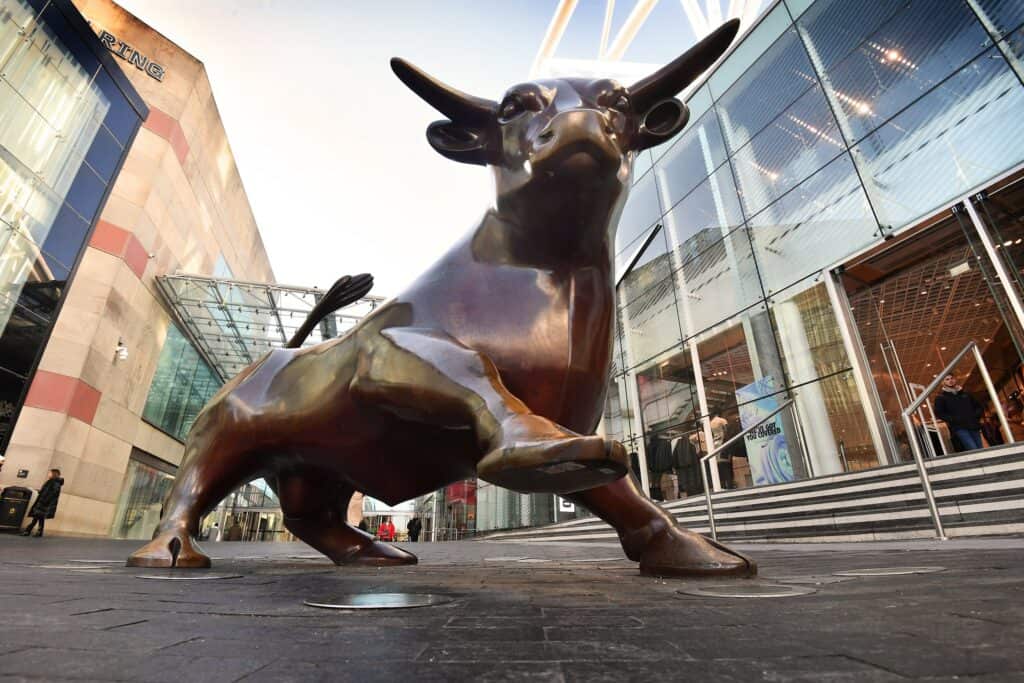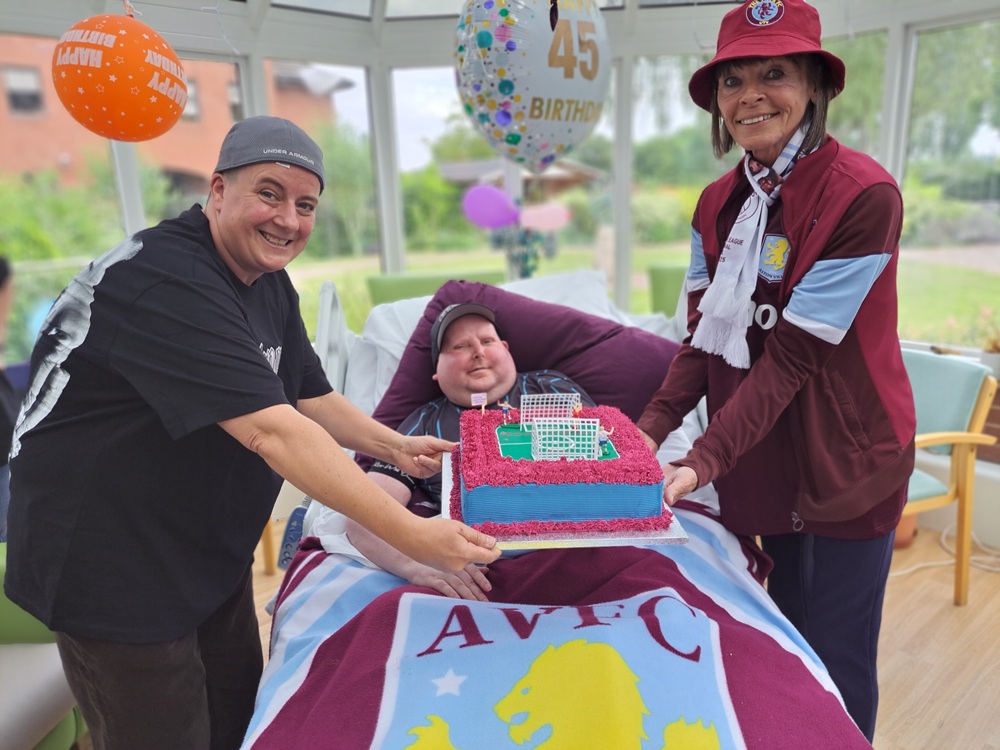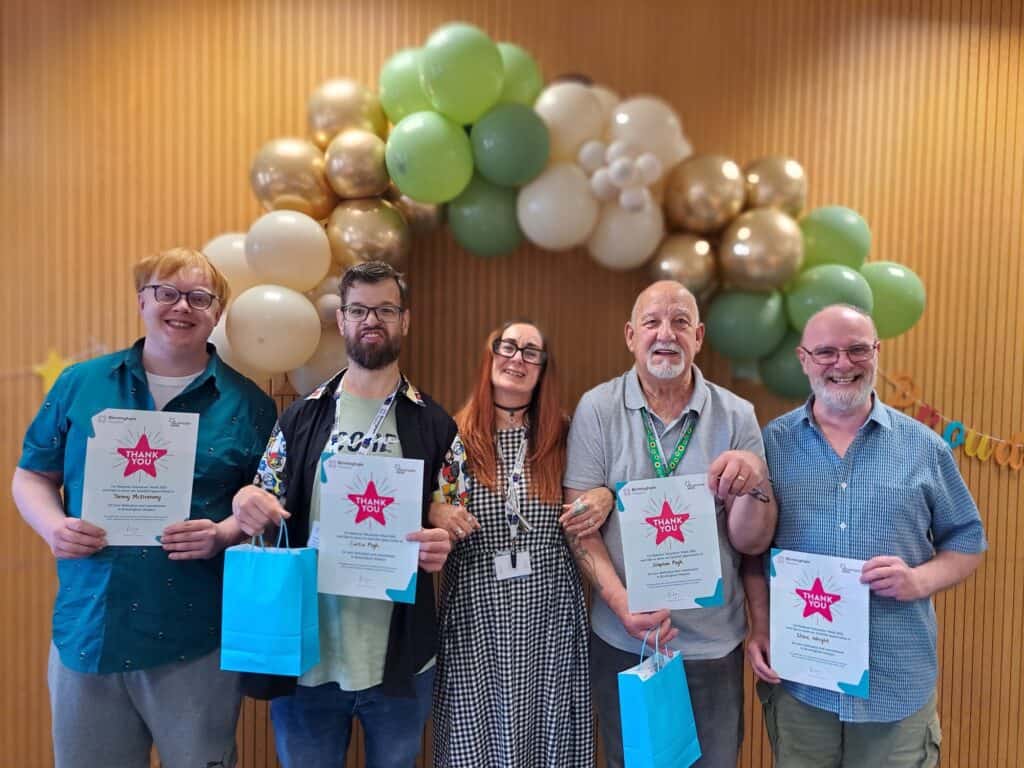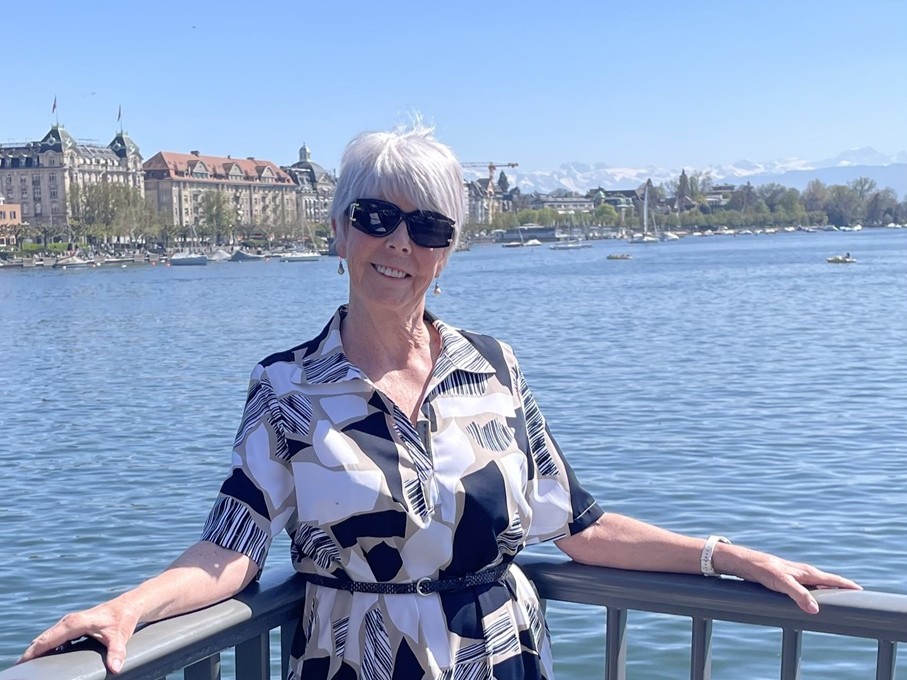Global arts producer, Wild in Art, has announced that it will return to Birmingham in summer 2025, to deliver a brand-new art trail, based on the city’s iconic bronze bull, in partnership with Birmingham Hospice.
The new sculpture trail is the first to be based on Laurence Broderick’s The Guardian, the city’s famous bronze bull which has been standing, turning in motion, outside The Bull Ring, since it opened in 2003 and has become synonymous with the city, symbolising the strength, persistence and determination of its people.
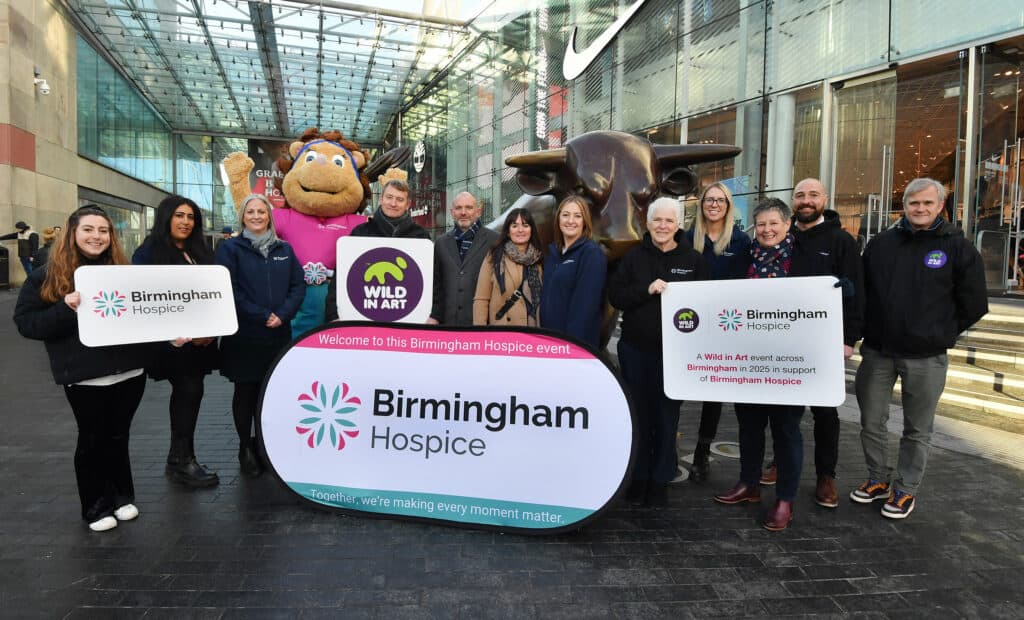
The trail continues Wild in Art’s mission to bring art out of the gallery and the individually decorated sculptures will create a journey of discovery around the city that is free, family friendly, and open to all. At the end of the trail, the large sculptures will be auctioned to raise money for Birmingham Hospice.
Birmingham Hospice is the primary provider of adult palliative and end of life care in the city and its surrounding areas. The charity provides exceptional care for patients and their families wherever and whenever it is needed; whether that’s in patients’ own homes, in the community, or its Selly Park and Erdington sites.
It costs around £16 million to run Birmingham Hospice each year, 40% of which must be covered through fundraising activity. Income raised through the Wild in Art Trail will ensure that even more local people get the vital care and support they need at the end of life.
This will be Wild In Art’s seventh visit to Birmingham; their previous trails have brought a menagerie of 514 animal sculptures including owls and owlets, bears big and small, a waddle of penguins, and even a family of Snowdogs to the city. Further Birmingham trails have included 175 BookBenches and also 51 human form sculptures, as part of Gratitude, Wild in Art’s first touring installation, which celebrated the contributions of NHS staff and all key workers during the pandemic.
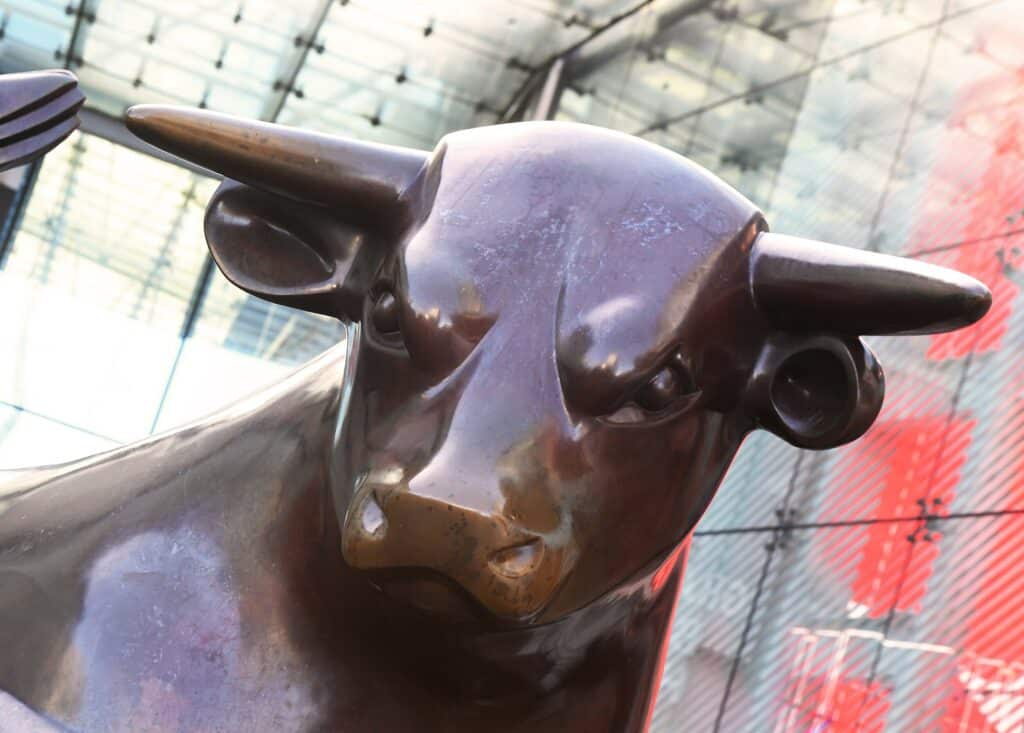
Wild in Art’s sculpture trails deliver an impressive economic impact for the cities they visit across the world. Following The Big Sleuth trail in 2017, an independent evaluation by research consultants NewcastleGateshead Initiative found an estimated 671,604 visitors actively engaged with the trail with many thousands more exposed to the sculptures over the 10 weeks of the trail. The event generated a direct economic impact of £9.8 million with a GVA of £4.7 million*.
The research found that the city’s reputation was enhanced by the art trail, with 96% of survey respondents feeling proud that Birmingham had hosted the event and 76% expressing an increased sense of community.
To date, Wild in Art has delivered over 130 public art trails, raising £26.3 million for charity partners across the world. The organisation has commissioned over 5.2k artists and worked with 4.9k sponsors, injecting £4.3m into local creative communities. In addition, the experienced organisation’s learning programmes have so far engaged with over 1.2 million young people.
Charlie Langhorne, Managing Director and Co-founder of Wild in Art said: “Wild in Art has a long history in Birmingham and we are delighted to be back. This time we are teaming up with Birmingham Hospice to create a brand-new art trail which will be brought to life across the city in 2025.
“The trail will be very much partnership led with the ambition of bringing businesses, the creative sector, young people and communities together to celebrate all that is Birmingham, as well as highlighting the important work of Birmingham Hospice in a fun and engaging manner. We are looking forward to getting started.”
Rebecca Richards, Senior Events Manager at Birmingham Hospice, said: “We are so excited to be working alongside Wild in Art to bring the trail back to Birmingham, inspired by one of its best-loved landmarks, the Bull. This is the largest city centre event our charity has held and we hope it brings smiles to our community and helps us raise awareness of what hospice care is all about.
“Each day our expert teams care for 1,000 local people on average across the region. As well as promoting wellbeing and exploration of our city, we hope that this trail will also raise vital funds so we can help even more people make every moment matter at the end of life.”
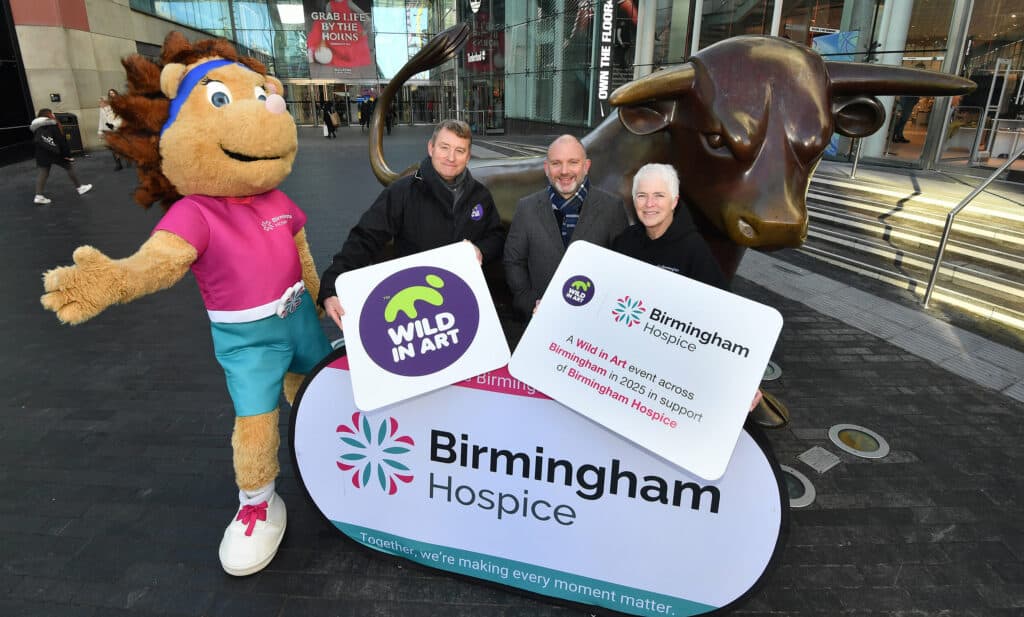
There will be a complementary learning programme for children and young people from schools and community groups, who will decorate smaller sculptures that will first be displayed in clusters around the city and later returned to them as a legacy of the project. Schools and groups can register their interest here www.birminghamhospice.org.uk/wild-in-art.
Businesses and organisations are able to support the project through sponsorship, with more information on packages available soon. Businesses can register their interest at www.birminghamhospice.org.uk/wild-in-art
The large sculptures will be decorated by local and national artists. Artists can register their interest at www.birminghamhospice.org.uk/wild-in-art
* Independent research consultants NewcastleGateshead Initiative calculated the economic impact of The Big Sleuth using The Sustrip Economic Impact Model (sample size 844 responses). The Sustrip Economic Impact Model has previously been used to estimate the impact of events such as the Tour de France, London Marathon, Open Golf Championship, V Festival and T in the Park. The model uses inputs from visitor survey data captured at events – including spend data, the origin of the visitor and the role of the event as a driver for the visit.
